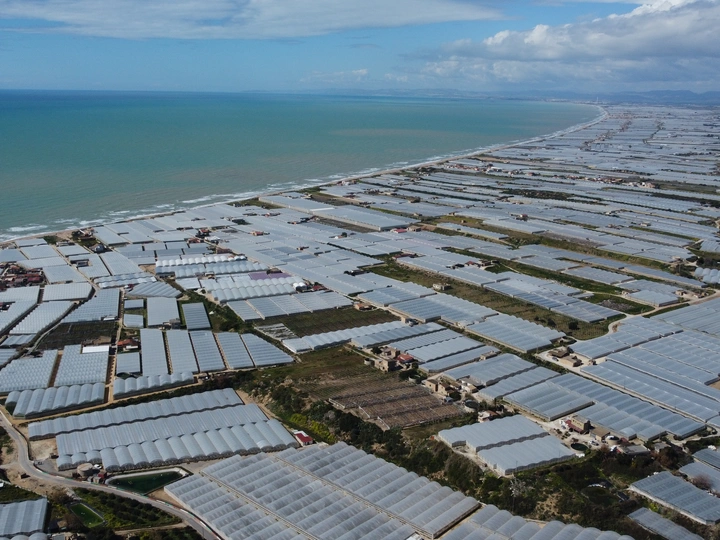“Fascia Trasformata” a migrating landscape

Abusi Studio is an open and multidisciplinary design practice that investigates the relationship between living beings and the spaces they inhabit, examining the dynamics that emerge and the consequences they generate. It operates through a research-by-design approach—both theoretical and applied—expressed across multiple formats including spatial interventions, cartographies, and discursive outputs.
The studio challenges conventional spatial narratives, embracing experimentation as a tool to rethink the entanglement between human life, the built environment, and the ecological systems they affect and depend on. In 2025, it took part in the Italian Pavilion at the Venice Architecture Biennale, contributing to a collective reflection on contemporary territorial transformations through design.
In parallel with its practice, Abusi Studio is actively involved in education and dissemination. I have held guest lectures at Accademia Abadir (Catania) and conducted workshops at Politecnico di Milano, engaging students in the exploration of situated design methodologies and territorial ecologies. These academic experiences reflect a commitment to design as both a pedagogical and transformative act—rooted in research, dialogue, and field-based experimentation.
The southernmost part of Sicily, the province of Ragusa, is distinguished by its unique characteristics, setting it apart from the rest of the island. It forms an “island within the Island,” embodying distinct traits rooted in the historical and territorial divide between Eastern and Western Sicily (Distefano, Raniolo 2017). The Iblean coast stretches for nearly 90 kilometers, alternating areas of exceptional environmental value, fishing villages, and zones of intensive agricultural production. Agriculture, the cornerstone of the local economy, has profoundly shaped this geography through the cultivation of fruits and vegetables, giving rise to what is known as the Fascia Trasformata.
Expanding since the 1960s, this coastal strip today covers approximately 5,700 hectares of utilised agricultural area (UAA), accounting for 75% of the regional total and 30% of the national figure (Istat, 2016). It is home to 3,330 farms, primarily dedicated to greenhouse tomato cultivation. The Fascia Trasformata has emerged as the product of a “state of exception” (Agamben), a space that has followed its own developmental logic, generating transformations detached from conventional urban planning frameworks (Nifosì, 2020).
In the municipalities of Acate and Vittoria, the research critically examines this condition of exception and its links to land exploitation and climate change, outlining design scenarios for land renaturation as a crucial step toward socio-ecological transition. Rethinking this coastal landscape means moving beyond its identification with intensive agriculture alone, and instead recognizing it as a dynamic, evolving territory—one that reflects the contemporary urgencies of climate and production.
The project proposes multi-scalar strategies aimed at the active stewardship of environmental and landscape heritage, experimenting with design solutions that reconcile productivity and sustainability.